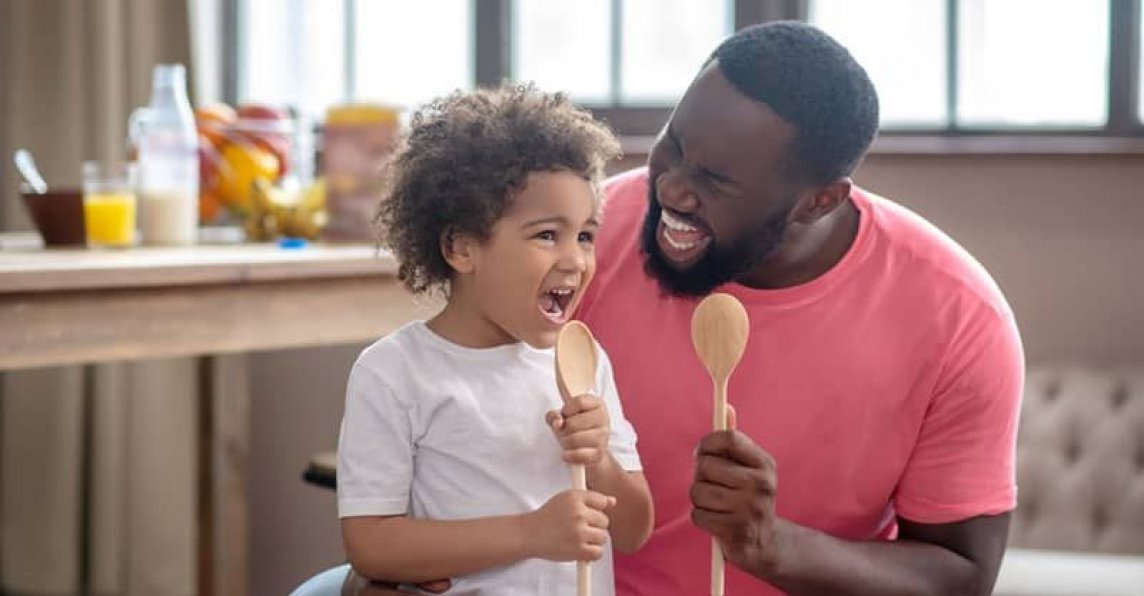Increasing Your Child’s Language and Literacy Abilities

Children’s use of language and the ability to clearly articulate their thoughts and ideas is an important milestone.
Children’s use of language and the ability to clearly articulate their thoughts and ideas is an important milestone. Children that know how 1,000 or more words before kindergarten show large gains in schools.
Pretend to be animals who easily capture the imaginations of children. Read books that invite you to pretend to be animals or to imitate their movements. As you try out a turtle’s crawl or a lion’s strut, get kids talking about what they’re doing and feeling.
Take a magic carpet ride by sitting on a rug or couch and pretend you’re flying off on a magical adventure! Ask them to share their ideas on where you might visit, and begin a story about your adventure to which each child can contribute. Describe the amazing sights you see and ask kids questions that invite their participation: “Look, there’s a circus! Can you see the elephants? What are they doing?”
Mealtime is an excellent time to use new words, describe textures, and have 3-5 conversational exchanges. Eat and talk about foods from around the world. Let children handle, smell, and taste diverse foods with different flavors and textures, such as coconut, kiwi, curry, passion fruit, chutney, plantains, ackee, chili, papaya, dulce de leche, and tomatillos.
Movement and music increase language development. Singing songs and changing the first letter of words helps your child to develop hearing acuity and recognize sound differences. Make homemade rice or bean shakers for your children to use while they are dancing.
Experiment with balance and physical properties and share positional words and phrases, such as in front of, behind, next to, on top of, etc. when building super-tall towers and long bridges with blocks. Expand on block play by asking children what happens when they add more blocks to the top.
Make collections of items from nature-green and dried leaves, pinecones, seed pods, and shells. Have your child predict what is going to happen to the green leaf and why. An egg carton or a small shoe box is an excellent way to store the materials.
Help your children make maps of the neighborhood, your home, or other areas you visit. Start by exploring an area or talk with them about an imaginary land. Which roads or paths go from one place to another? Have them describe their map and what it represents. Read children beautiful picture books illustrated by collagists such as Ezra Jack Keats, Leo Lionni, or Eric Carle. Talk about the techniques the artists used. Have them make their own books using materials such as watercolors, paste, paper, cloth scraps, ribbon, foil, string, stamps, greeting cards, and box tops. When they’re done, they can “read” their books to you or to each other.
Lastly, leave quiet time for conversations with your children. Ask what they did during the day, with whom they played, what was their favorite part of the day, and whether they experienced any conflicts.
Written with information from Brooks Publishing Blog.
Anne E. Mead, Ed. D., is the administrator for the Early Childhood Education and Extended Learning Programs of the Danbury Public Schools. If you have any questions, please feel free to contact her at 203-830-6508 or meadan@danbury.k12. ct.us.







